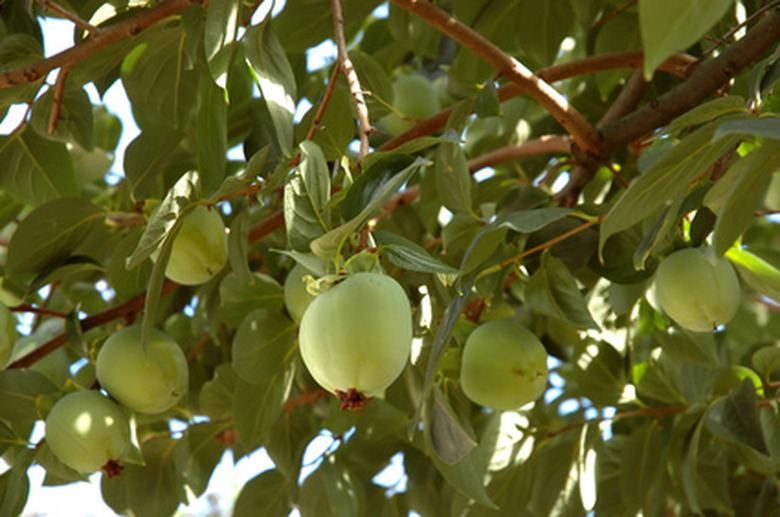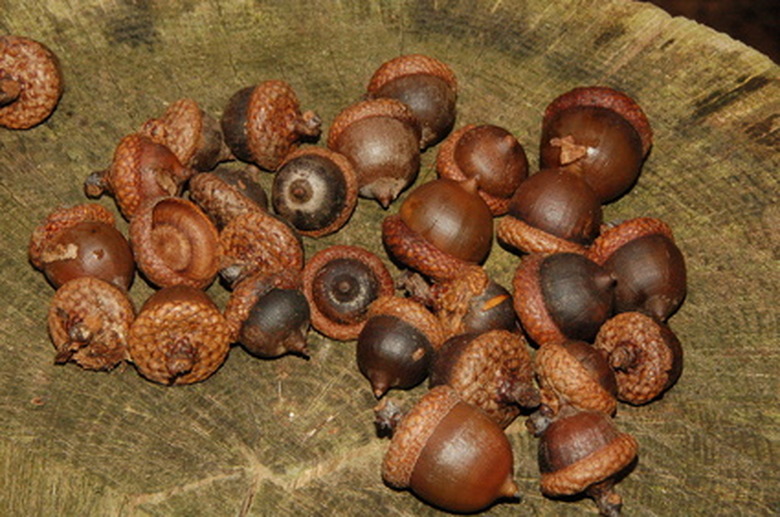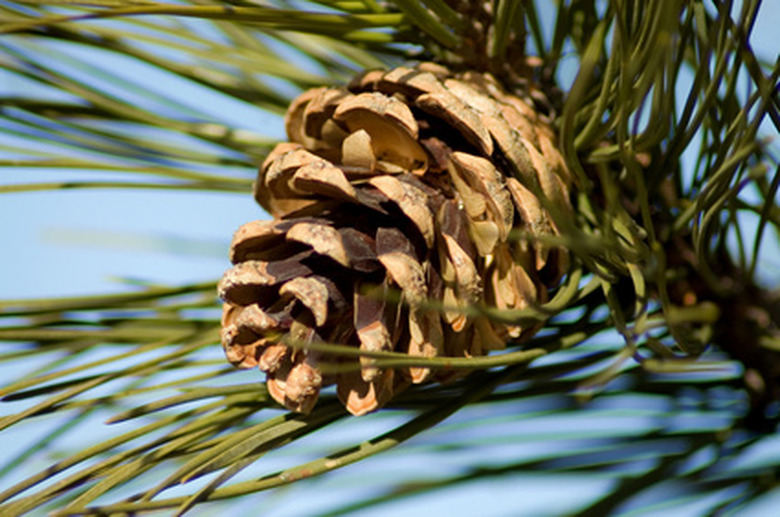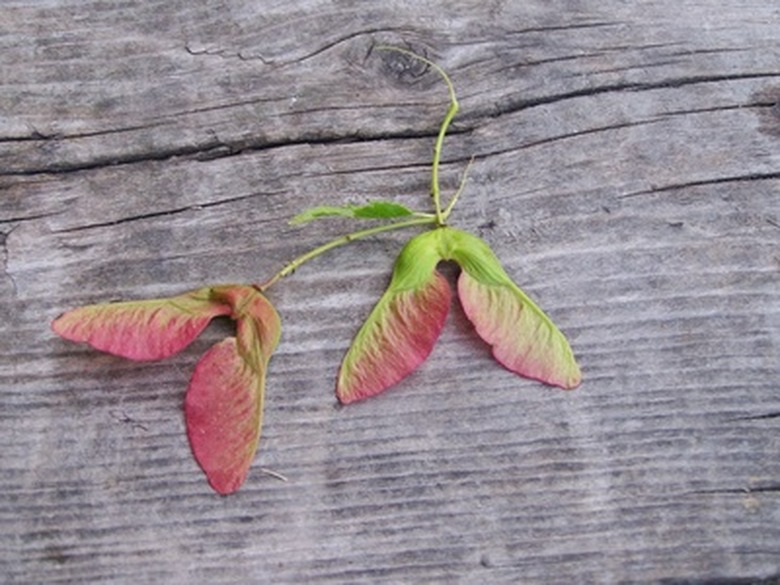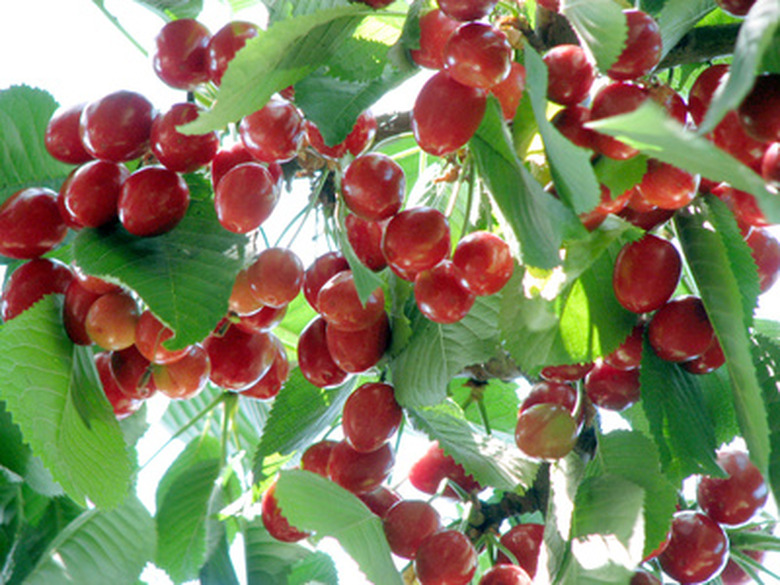How To Identify A Tree By Its Fruit
Most trees can be identified by the fruit they grow–but not all fruit is the kind you find at a grocery store. Nuts, pine cones and seed pods are all kinds of tree fruit. Many tree fruits are very distinctive, like the oak's acorn, the maple's "helicopter" seeds or the pine's prickly cones. There are many types of fruit that grow on trees, so a good tree classification guidebook will also come in handy when trying to identify an unknown tree.
Step 1
Find the fruit. Trees bear fruit–which contains their seeds–after flowering in the spring, but sometimes you'll find fallen fruit around the tree well into the summer. Make sure you get the correct fruit from the tree you wish to identify by plucking it directly off the branch. Remember, fruit is anything that contains the tree's seeds: You could be looking for a nut, a seed pod or a berry.
- Most trees can be identified by the fruit they grow–but not all fruit is the kind you find at a grocery store.
- Remember, fruit is anything that contains the tree's seeds: You could be looking for a nut, a seed pod or a berry.
Step 2
Examine the fruit. Is it a pine cone, a winged seed, a pod, an acorn or a fleshy fruit like something you might eat? Write down notes on the fruit's color, size and special characteristics.
Step 3
You can determine the basic identification of a tree by classifying the fruit. Acorns come from oaks, pine cones come from conifers, winged seed pods come from maples, sweet gums have spiky ball-shaped capsules, and both walnuts and hickories have nuts encased in large green husks that turn brown after falling.
Step 4
Compare the fruit to the photos and descriptions in the guidebook, or consult Internet sources to discover the tree's identity.
Identify Fruit Tree Blossoms
Oftentimes, new homeowners will inherit an unidentified fruit tree and not know how to care for it. Find out your region's plant hardiness zone to narrow down the list of possible fruit trees. The United States is broken up into eleven zones that differ in their average minimal temperatures. Most fruit trees require six to eight hours of sunlight, but there are a few that need shade. Tropical fruit such as the Garcinia can thrive in shady environments. Compare your drawing and all the other observations you have made with horticultural guides or with the descriptions of fruit blossoms on the Plant-Care.com website.
- Is it a pine cone, a winged seed, a pod, an acorn or a fleshy fruit like something you might eat?
- Compare the fruit to the photos and descriptions in the guidebook, or consult Internet sources to discover the tree's identity.
Things Needed
- Tree classification guidebook
- Pencil
- Paper
Warning
Never eat the fruit from a tree until it is properly identified. Many tree fruits are poisonous to humans.
